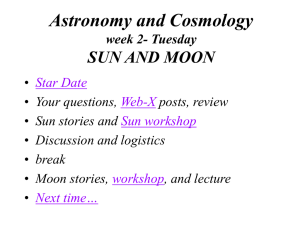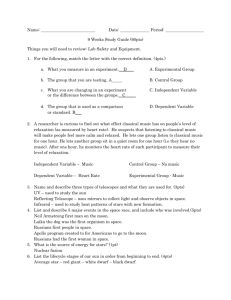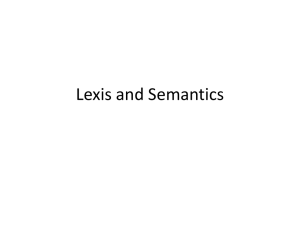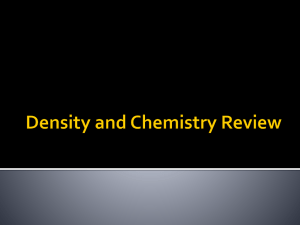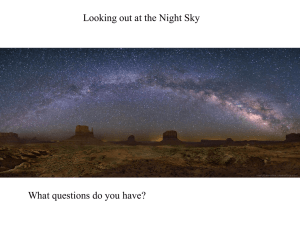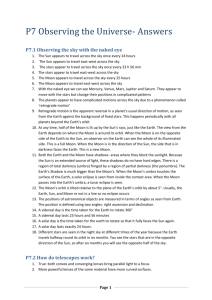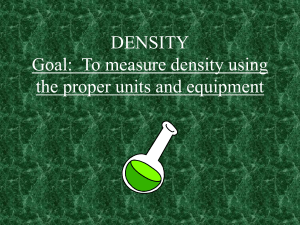8th Grade Science Final Review
advertisement
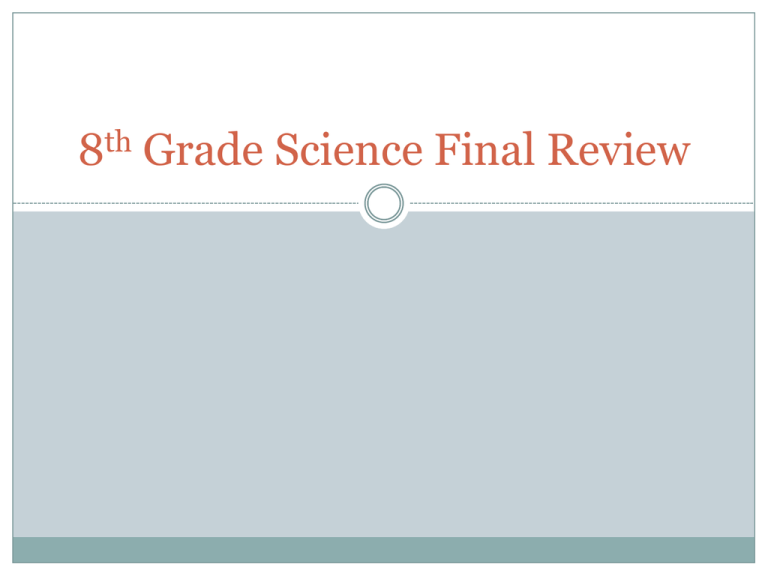
8th Grade Science Final Review Density Density is how compact something is. The formula is d = m/v As temperature increases density decreases. Less dense things float on more dense things. Mass, Volume and Density I have snickers with a mass of 8.2 g and a volume of 7.5 mL. What would the density be? 1.1 g/mL Mass, Volume and Density What is the density of a gummy bear if the mass is 2.2g and the volume is 1.4 mL 1.6 g/mL Sink or Float Liquid Densities: Water 1.0 g/mL Molasses 1.4 g/mL Glycerol 1.3 g/mL Oil 0.9 g/mL Water has a density of 1.0 g/mL. Will glycerol sink or float in water? Sink Sink or Float Liquid Densities: Water 1.0 g/mL Molasses 1.4 g/mL Glycerol 1.3 g/mL Oil 0.9 g/mL Will water sink or float in oil? Sink If I put boil water how does its density change? It becomes less dense. Chemical and Physical Changes The signs of a chemical change are: giving off a gas (bubbling or fizzing), giving off light, temperature change, color change, or forming a solid. Any other change is a physical change. Chemical or Physical Change Cooling water to form ice. Physical change (the temperature change doesn’t happen on its own). Chemical or Physical Change Mixing baking soda and vinegar and it bubbling Chemical change – giving off a gas Chemical or Physical Change Mixing clear phenolthalein with yellow bleach and it turning pink. Chemical change – color change Law of Conservation of Mass Matter cannot be created or destroyed it just changes form. Or Total matter before a reaction is the same as the total matter after a storm. C. Total matter is the same before and after a reaction Earth Science The Earth is made of four main layers: crust (solid), mantle (solid), outer core (liquid), inner core. The crust is broken into tectonic plates which are moved by convection currents that are heated by the outer core. The plates meet at boundaries that are either divergent, convergent, or transform. Depending on how the plates move different geologic features are formed. What type of boundary is g? What is a process that happens at g? What is a feature that happens at g? Convergent (o-c) Subduction, earthquakes Vocanos, trenches What type of boundary is shown? What is a process that happens at the boundary? What is a feature that happens at the boundary? Convergent o-o Subduction, earthquakes Trenches, volcanos, island arcs What type of boundary is this? What is a geologic feature made here? Divergent boundary Mid ocean ridge, volcano, rift valley Put these layers in order from oldest to youngest. E, D, C, F, B, Fault, A Put these layers in order from oldest to youngest. D, C, B, E, Fault, A Astronomy and Predictable Motions The movement of the Earth on its axis and around the Sun creates events like days, years, and seasons. The movement of the moon around the Earth creates events like tides, moon phases, and eclipses. Stars change through their lives based on where they are at in fusion. During the main sequence stars fuse hydrogen into helium. What moon phase is shown below? 1st quarter moon What moon phase is shown below? Full moon What moon phase is shown below? New moon What type of Star: What is a small, medium, or large star called when it is fusing hydrogen into helium? A main sequence star What type of Star: What is a large star called when fusion slows down and it begins to fuse heavier elements? A red super giant Which stars have the hottest but dimmest stars? White Dwarfs Which group of stars does our Sun belong to? Main Sequence Stars Physics and Motions Energy cannot be created or destroyed but just changes form. The highest position is always the greatest potential energy. Motion and speed can be represented in graphs Which point is the minimum potential energy and the maximum kinetic energy? 6 Which point is there maximum potential energy and minimum kinetic energy? 1
